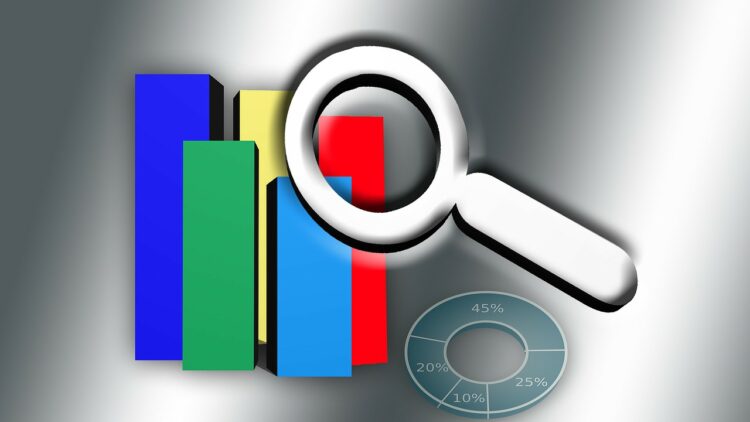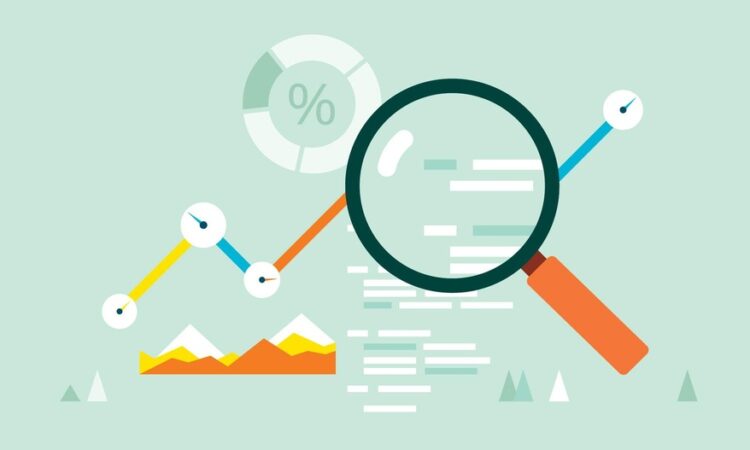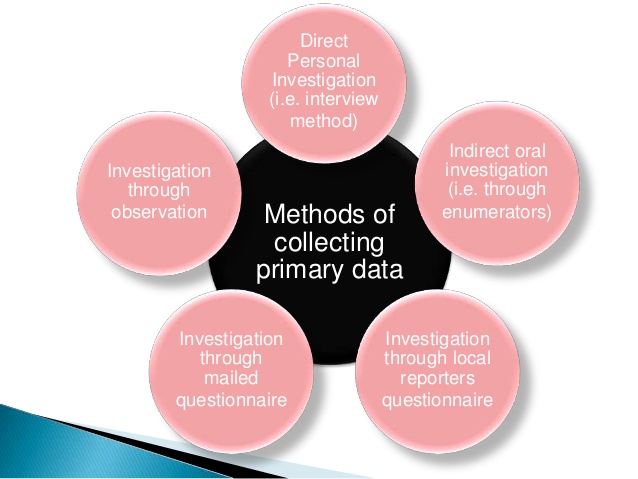The main objective of any research is to look for a reliable and unbiased answer to a particular research question. For this objective to be accomplished, researchers have the duty of gathering different data and analyzing them to proffer a solution to the research problem. Typically, data collection is one of the most vital aspects of conducting a research study and the researcher can utilize a wide range of techniques.
When it comes to sources of the data required for a research study, a researcher can explore two major sources. Based on the source, data can be categorized into two types. The first and most reliable type of data is referred to as primary data while the second type is secondary data.
What is the primary data?

Before diving into the topic, it is important to explain what primary data means. This type of data contains sets of information that are collected directly from the source and never manipulated by anybody. It is usually collected via experiments, interviews, surveys and lots more. Since no one has ever manipulated the data before, it is often more reliable than the other type. Also, researchers believe that primary data is best for conducting unbiased and reliable research.
The common sources of primary data include interviews, speeches, diaries, autobiographies, biographies, memoirs, oral histories, manuscripts, correspondence, and case law. Others include statistical data, research reports, creative artworks, public opinion polls, and published books.
Can live TV or radio news be considered as primary data?

There is no straightforward answer to this question. The answer depends on the specific study that is being conducted. If the data is gotten directly during the live TV or radio news, then it is possible to consider it as primary data. However, if the researcher is using a news report as a means of getting data, it may be considered as secondary data. Another issue with using live TV or radio news as a primary source of data is that many of the news are not originally reported by most of the news outlets. Therefore, whatever they are reporting has only been picked up from other mainline news outlets.
Live TV or radio news may also be considered as primary data if the event is reported directly by a reporter who witnessed it. An example of this is when something happens and it is reported on-scene by reporters from a particular news outlet. According to planetnews, such live news streaming report can be regarded as primary data. This is because such live TV or radio news is giving a first-hand report of the event and can be seen as an authoritative means of information. Also, it can be seen as original discoveries or reports of a particular occurrence. Apart from living TV and radio news, films, digital recording, feature films, documentaries can also be considered as primary data. So, for example, if you are tracking Coventry’s winning streak during the Six Nations Championship, your live TV can count as primary data. And the sports commentary or documentary of the same game is acceptable as well. However, when you are using the show as a source for reiterating something mentioned by a different person without presenting a new option or take, then it fails to be a primary source.
Think of it as Micheal Scott quoting Wayne Gretzky, it’s completely off. While you cannot depend on TV or radio is a primary source like you would with a periodical or interview, it is an excellent way of getting information. Not all researchers have the luxury of getting everything straight from the source. If you want a quick and easy way to get the news you can hire AerialForce to help you set up your aerial or satellite. With a TV aerial or dish, you can get reliable primary data with no monthly subscriptions. It is a low-cost way of expanding your sources for your paper.
Furthermore, it is imperative to understand that primary and secondary data don’t have fixed classifications. That is, the information is classified as primary data in a case that may be categorized as secondary data in another situation. Therefore, the type of study and the method of getting the information will determine whether the data is primary data or secondary.
How to determine primary or secondary data

If you are still struggling to determine whether live TV or radio news that you are using for a study is a source of primary or secondary data, here are a few questions you should ask:
- Does the live TV or radio news offer original and unbiased information (primary) or only provide more information, opinion or comment on data gotten from another source (secondary)?
- Is the information coming directly from an individual that was involved in the event under study (primary) or gotten from other researchers (secondary)?
- Will the analysis of the live TV or radio news be on the source of information itself (primary) or only using the news to get relevant background information (secondary)?
If you can answer the above questions honestly, you will get more clarity on whether particular live TV or radio news can be regarded as primary data or not.
Different types of methods for collecting primary data

To shed more light on how live TV or radio news can be regarded as primary data, we will take a closer look at the various types of methods that can be used for collecting primary data.
Interviews are one of the major methods of collecting primary data. In an interview, the interviewer has the duty of collecting information directly from every respondent by asking relevant questions. Although these interviews are usually conducted offline, they can also be done online. Therefore, live TV streams can fall under this category; thus, they can be classified as primary data.
Furthermore, interviews are usually costlier than other methods of primary data collection. Similarly, it can be time-consuming as the interviewers will want to get all the necessary information directly from the respondents at a time in most cases. Therefore, live TV or radio interviews can only be done when the respondent and the researcher can afford to spend lots of time.
Irrespective of the medium through the interview is being conducted; the interviewer has an additional job of paying attention to the respondent. This is to observe the respondent and derive a deeper understanding of the individual or situation. Sometimes, a respondent may be saying something while their actions are saying something else. Notably, live TV also allows this form of observation; hence, it fits once again into what can be described as primary data.
Other methods for collecting primary data include questionnaires, experiments, and observation. While these methods are generally reliable to different extents, they do not seem to be applicable to live TV or radio interviews.
In conclusion, it is noteworthy to reiterate whether live TV or radio news can be considered as primary data. Once again, it depends largely depends on the research study, its main focus and how the data collected.
 Hi Boox Popular Magazine 2024
Hi Boox Popular Magazine 2024



